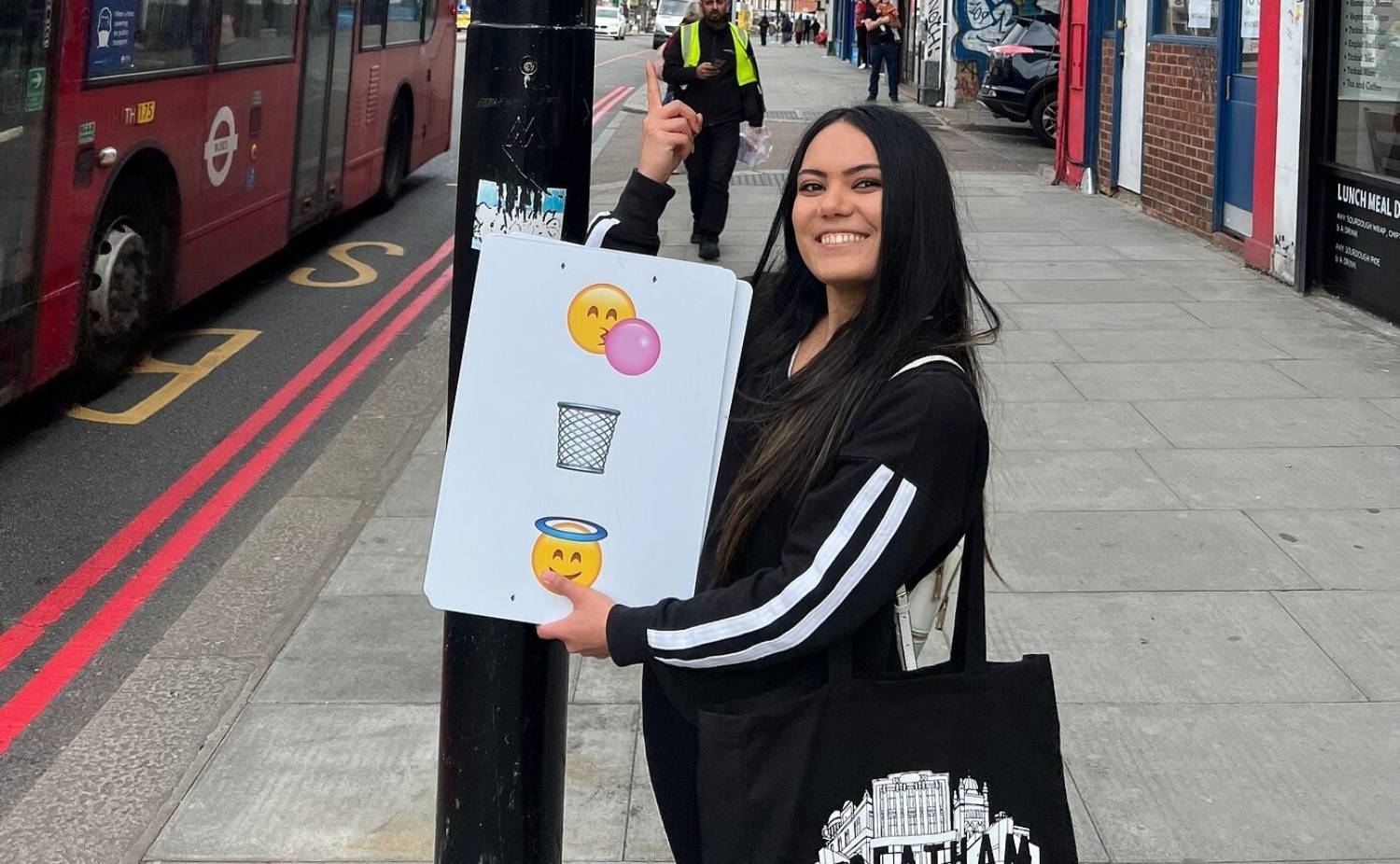
As we're looking to hire a new Behavioural Intervention Designer to join the team, I thought now would be the perfect time to reflect on what this role is all about.
We coined the title ‘Behavioural Intervention Designer’ to reflect the fact that the role lives beyond our desk. Yes, we play a role in the strategy and development of interventions, but we’re also there on the ground to lead the delivery of our interventions and aren’t afraid to get our hands dirty!
During our insight phase, we’ll take a leading role in gaining a holistic view of the behavioural challenge in question. We put together evidence from academic literature, grey literature, media, articles, behavioural science, and any research we’ve commissioned for the project, and interrogate this with our team. Then, with the team’s support, we pull this insight together with a strategic focus for our next stage and present findings to our clients.
In the intervention design stage, BIDs work with the team to create and facilitate workshops using behavioural science techniques, then produce outputs that highlight the direction we should go for our interventions. With our clients, we’ll come to a shortlist of ideas to explore in more depth before choosing one, or more, to take forward and deliver.
When it comes to delivery, BIDs take a central role in bringing our interventions to life by liaising with partners, contributing to creative concepts, and scoping pilot locations. Here’s some of the things I’ve gotten up to…
Four weeks into my role, I was thrown in the deep end with a site visit to Heston to scout out the community feel of the area for a project with ReLondon about creating a circular neighbourhood.
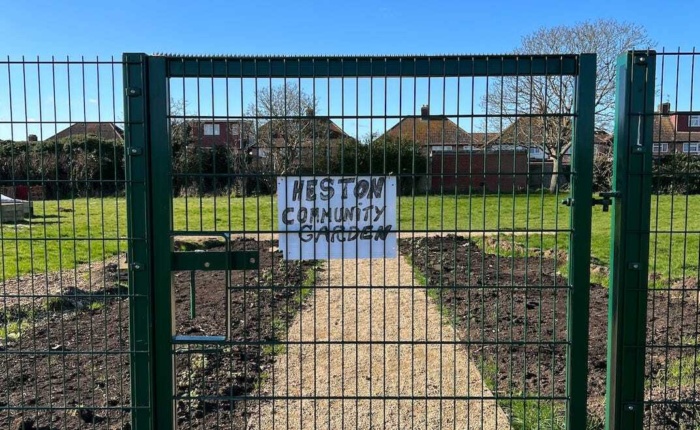
For our project with RNIB tackling pavement obstructions, I took multiple trips around Islington to reveal the most common obstruction in the area (spoiler: it was hire bikes).
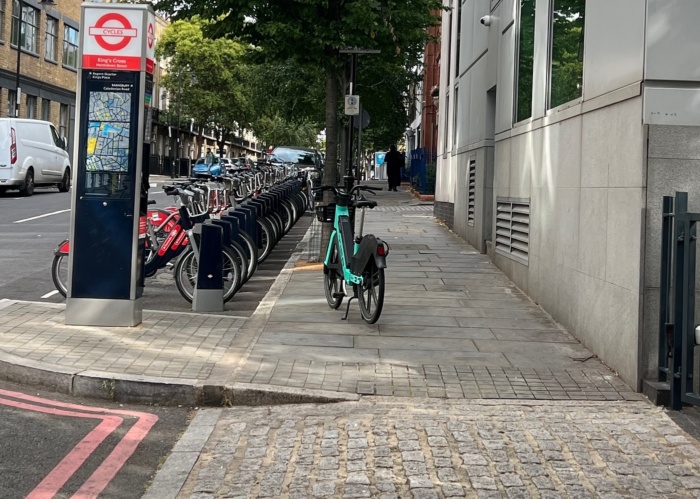
With a small team, sometimes you have to step in for others. I joined Rob deploying signage as part of our gum litter work with the Chewing Gum Task Force when we were a BID down, travelling across exotic locations like Streatham, Islington and Croydon to put up new signage for testing.
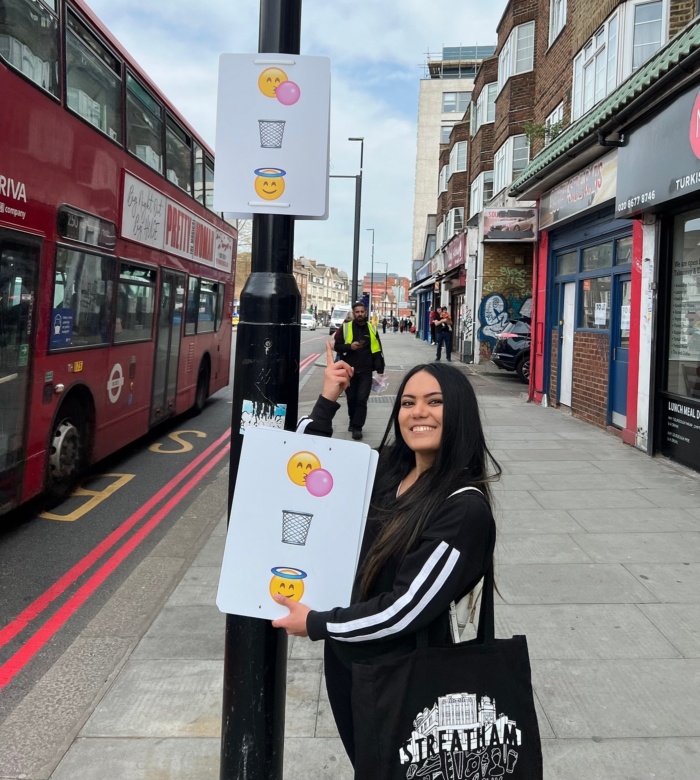
Before our interventions are out in the world, we need to have robust evaluation measures in place and BIDs work closely with our evaluators to ensure we have this. For our work with RNIB, we measured pavement obstructions by having our evaluators walk a consistent route around the pilot area with a camera strapped to them to count the number of obstructions they saw across the intervention period.
To get this route, I headed off to Islington with a printed map of the area and noted down different obstruction hotspots, then mapped a route of my path that covered these. Back at the office, I translated this into an online version to hand over to our evaluators:
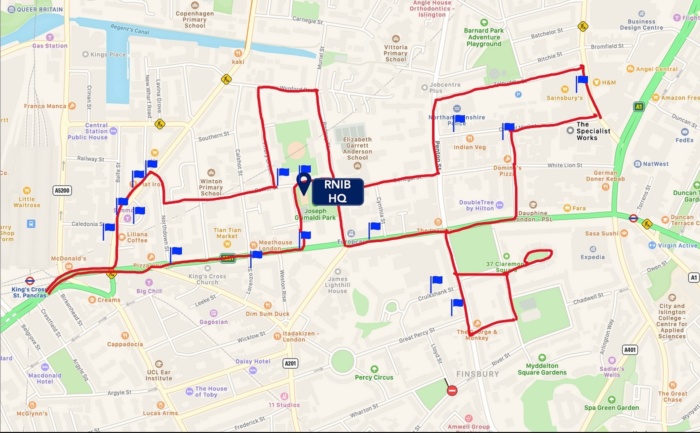
Beyond our interventions, part of the BID role is keeping up to date with the latest news in behavioural science, sustainability, and social change. We run regular learning sessions to share knowledge with the team and to prompt discussion and debate.
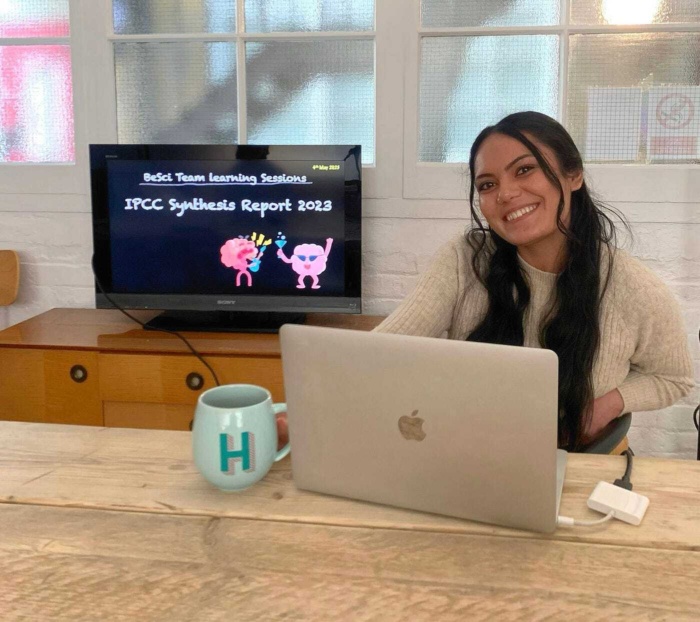
So there you go, the life of a BID is all about the end-to-end design and delivery of our interventions, but also continuous learning, sharing knowledge, and we’re always looking for ways to improve how we work and deliver our innovative interventions.
Share
RELATED ARTICLES
Life at Behaviour Change

Wellbeing at Behaviour Change
Our Wellbeing Lead, Polly, shares 5 things we do for wellbeing at Behaviour Change
15/05/24
Read moreLife at Behaviour Change

Our 2023 Round-up
Honica reflects back on 2023 and highlights Behaviour Change's achievements throughout the year
18/12/23
Read moreLife at Behaviour Change
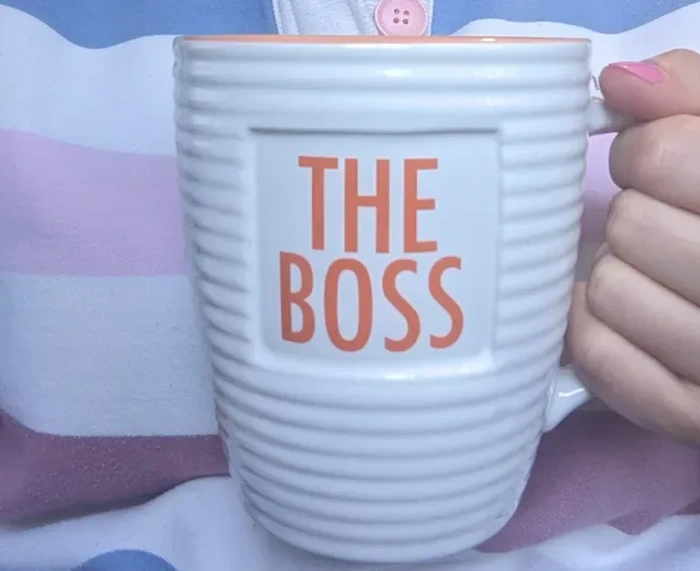
Embracing change
Three months into the role, our new Project Manager, Polly, muses on all things change
23/09/21
Read more